Kitec Plumbing
Should you be concerned if you have Kitec plumbing in your home? Yes.
Kitec is a plastic pipe made of cross-linked polyethylene (PEX) that was manufactured between 1995 and 2007. It was marketed as an easy-to-install, inexpensive and corrosion-resistant alternative to copper. It was used for hot and cold water supply piping and also for in-floor radiant heating pipes and baseboards.
Fast forward to 2011 when a class action lawsuit was issued against IPEX Inc (the manufacturer of Kitec). The claim is the pipes and brass fittings are prone to premature failure. The fittings were made with a high zinc content which under certain conditions can lead to dezincification that may result in complete failure. The pipes themselves are only suitable for 180F maximum temperatures and there have been reports of the pipes disintegrating when this temperature is reached or surpassed. When the fittings and pipes fail they may not just leak but burst – with high potential for flooding and major water damage.
How to identify?
In most cases the piping is a bright orange (for hot water) and bright blue (for cold water). However, it was also manufactured in red, white, grey and black. The fittings may have ‘Kitec’ or ‘KT’ stamped on them. There are several types of pipe named in the lawsuit – so if you see any of the following on your piping you should take further action: Kitec, PlumbBetter, IPEX AQUA, WarmRite, Kitec XPA, AmbioComfort, XPA, KERR Controls or Plombiere Améliorée. If you see CSA B137.9/10 or ATSM F1974 it could also indicate a Kitec system. The best place to look for Kitec pipe is near the water heater, in the utility room, or under kitchen and bathroom sinks.
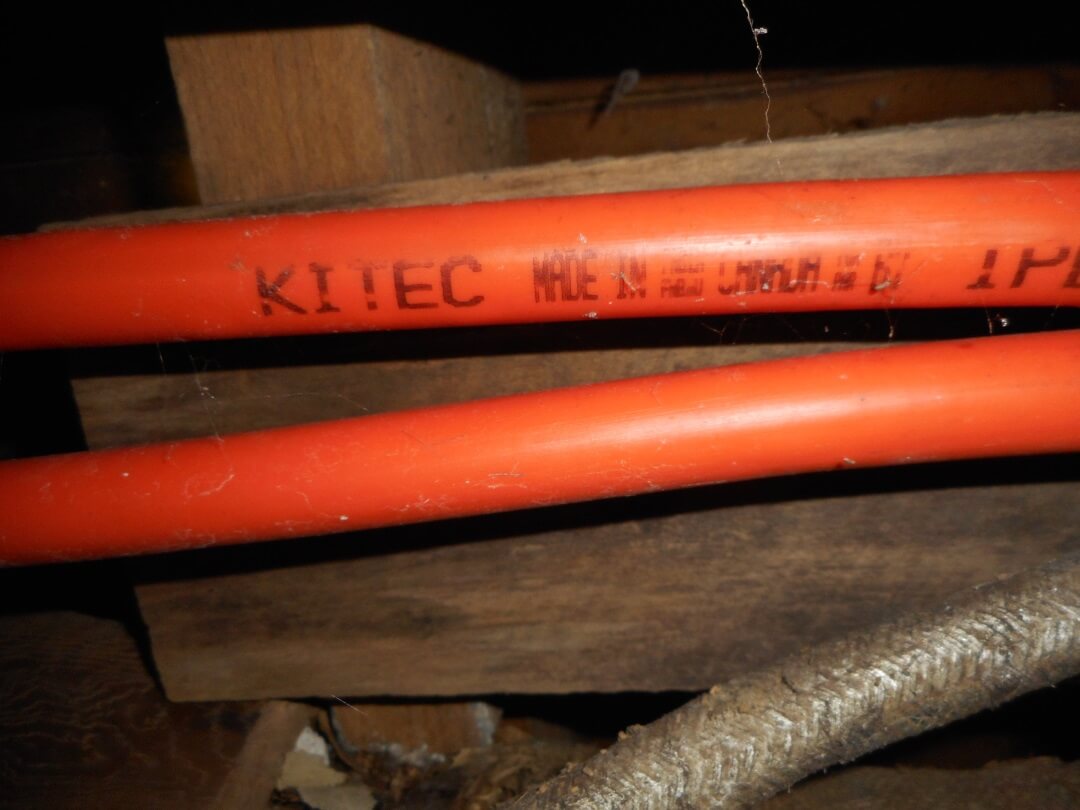
You found piping in your home that is named in the lawsuit. Now what?
Step one is to register with the class action website – you have until January 9, 2020 to file your claim and take a piece of the $125 million dollar settlement. Even if you have not experienced a leak it is suggested that you go ahead and file a claim. Make sure to check out the FAQ section on that website.
You may find that you have limited options when it comes to getting home insurance. Most providers, that I’m aware of, require Kitec to be removed and replaced. If the pipe seems fine, the insurance doesn’t apply in your situation, and you do not intend to have it replaced for whatever reason then you should at least keep a close eye on the pipe and fittings:
- Look for white corrosion on the fittings
- Keep an eye out for black spots and blistering
- A drop in water pressure means you should call a plumber
- Hot water pipes are more susceptible than cold
- If you have a water boiler heating system I recommend a tempering mixing valve be installed to prevent over-heating of the pipes
The final word …
To err on the side of caution I would suggest you file a claim and get the Kitec out of your home. This can still be a costly endeavor because the work will probably be quite invasive (walls will have to be cut open for access) and on top of that the settlement may not cover your entire costs. So, if the pipes look in serviceable condition and you are not looking to get them replaced then at the very least have them thoroughly looked over and endorsed by a qualified plumber.
Imagine you are away for the weekend when the Kitec pipe in your second story bathroom bursts and gushes high pressure water for 48 hours through all levels of your home. Just a thought …
The following images are taken from the Kitec Settlement Website:

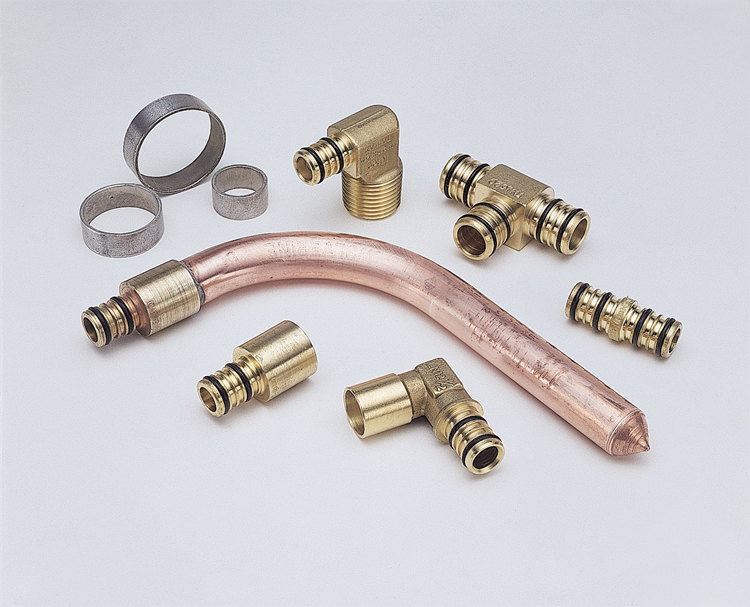
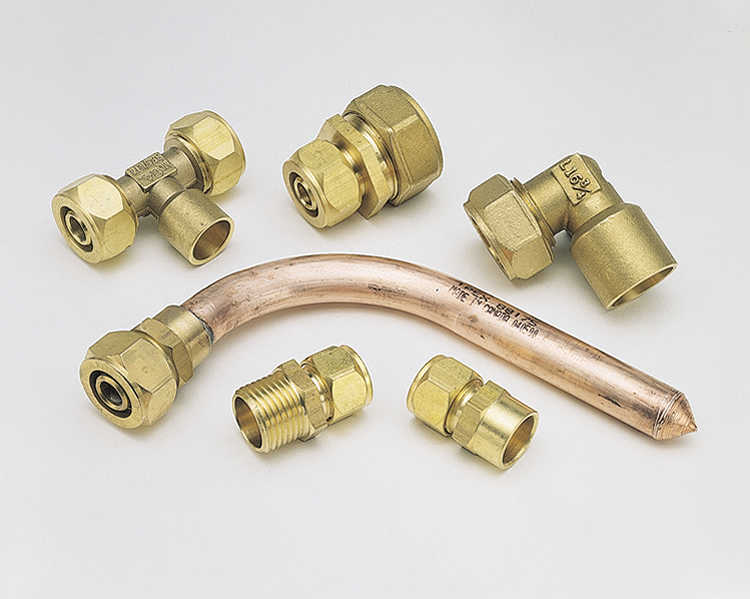

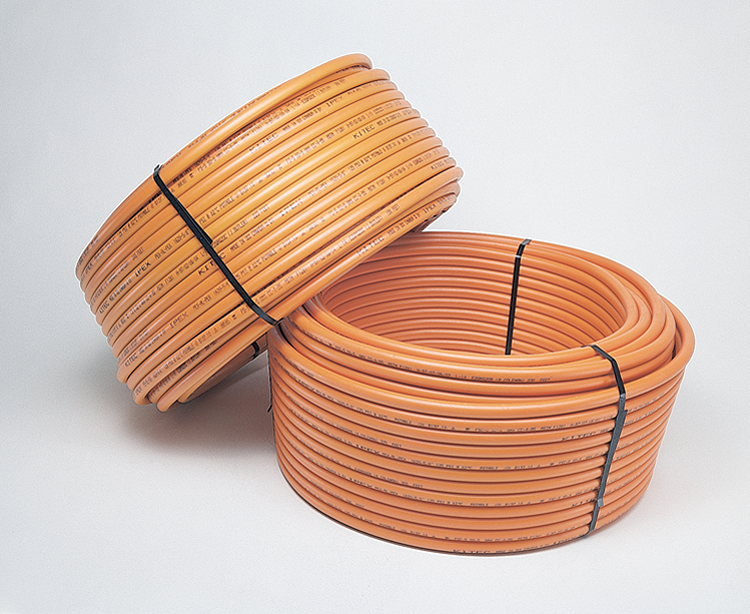
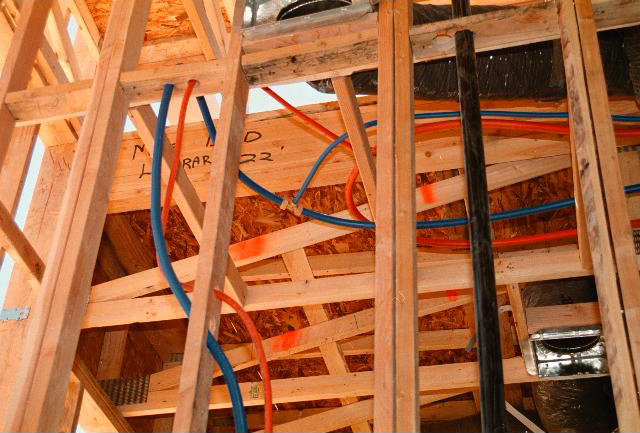
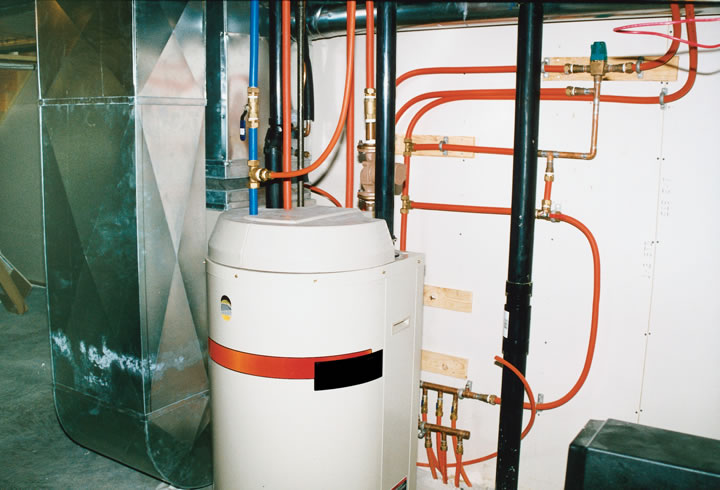
[…] Download Image More @ rehomeinspections.com […]